SeaSoil project will seek to reduce and manage potentially toxic substances in kelp and seaweed
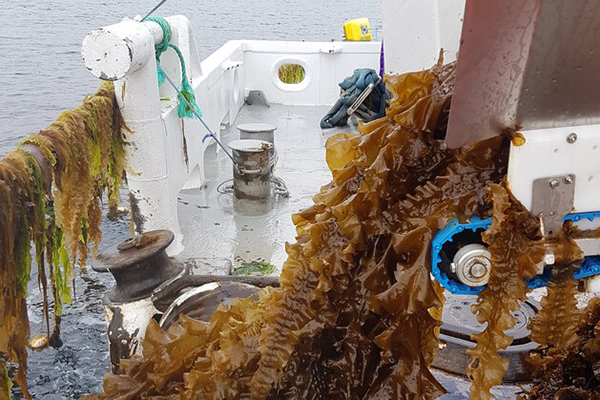
Nofima scientists are coordinating a research project to expand the knowledge of potentially toxic elements in cultivated sugar kelp and wild-harvested kelp and seaweed.
The project, called SeaSoil, will also increase the understanding of how using algae material as a soil enhancer impacts the uptake of potentially toxic substances in cultivated crops, as well as the effect on carbon sequestration and carbon storage in soil.
The overall goal is to “promote value creation, including ecosystem service and a further expansion of the seaweed industry in Europe.”
“We need to improve our understanding regarding potential toxic elements in seaweed before we can succeed in expanding the seaweed industry in Europe,” Nofima wrote about the project. “Kelp cultivation in particular is currently in an early phase of development and implementation.”
Kelp farming can ensure “blue vegetation” and “blue forests” that capture and bind carbon – thereby mitigating climate change – and absorb excess phosphorus (P) and nitrogen (N) from the sea to maintain marine biodiversity.
“The use of mineral fertilizers in agriculture has a large environmental footprint, increasing the demand for sustainable alternatives,” wrote Nofima. “Using seaweed material (fresh, dried, extracted or as a residual material from chemical treatment) as a soil enhancer can increase plant growth and improve soil structure. It also has great potential for increased soil carbon storage.”
Ocean Rainforest foresees a bright future for ocean plants, and not just in Asia
However, the increased use of seaweed for food, feed and soil enhancement raises concerns about the high content of potentially toxic elements (such as iodine, cadmium and arsenic) in kelp and seaweed.
“The overall goal of SeaSoil is to fill knowledge gaps about potentially toxic elements (PTE) in cultivated sugar kelp and arsenic in seaweed used in agriculture for fertilization, soil improvement and carbon storage (CSS),” wrote Nofima.
Nofima is coordinating the project and leading the work on genetic analyses of cadmium, arsenic (As) and iodine in sugar kelp from two regions in Norway (Ocean Forest in Austevoll and Tromsø). This will provide a basis for assessing a potential selection response to reduce the content of these substances in cultivated sugar kelp.
Samples from a cultivation experiment at the Aquaculture Research Station in Tromsø will be analyzed at Norwegian University of Life Sciences (NMBU) for chemical content, in addition to genomic analyses.
Read more about the SeaSoil project.
Follow the Advocate on Twitter @GSA_Advocate
Now that you've reached the end of the article ...
… please consider supporting GSA’s mission to advance responsible seafood practices through education, advocacy and third-party assurances. The Advocate aims to document the evolution of responsible seafood practices and share the expansive knowledge of our vast network of contributors.
By becoming a Global Seafood Alliance member, you’re ensuring that all of the pre-competitive work we do through member benefits, resources and events can continue. Individual membership costs just $50 a year.
Not a GSA member? Join us.
Author
Related Posts
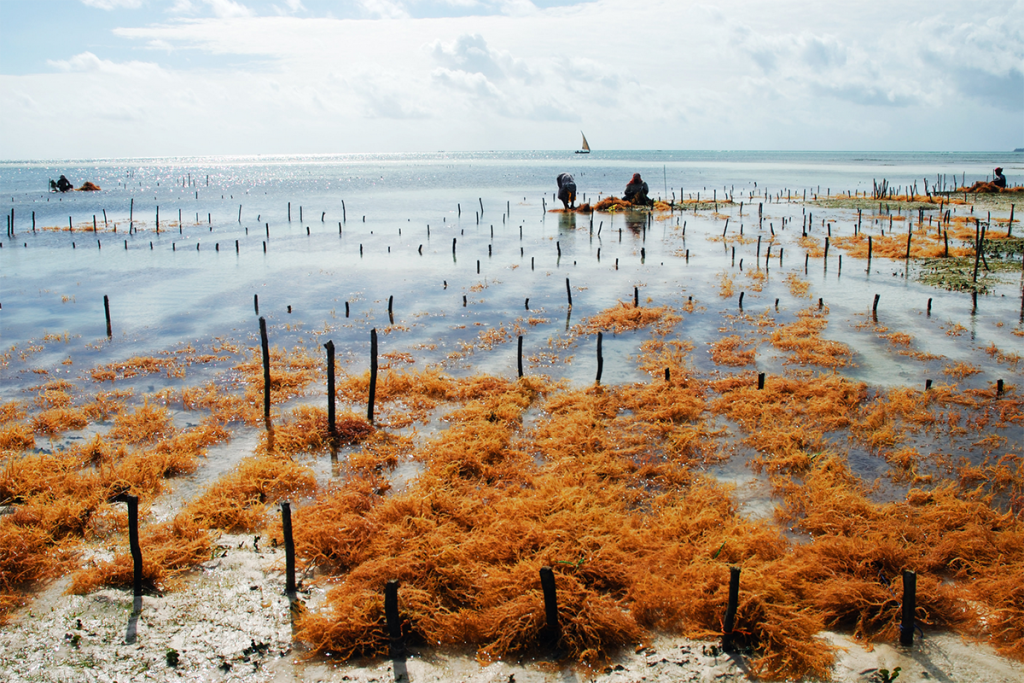
Responsibility
Progress and knowledge gaps in ocean acidification and aquacultured seaweeds
Emphasize effective, implementable actions against ocean acidification, linking seaweed physiological changes with production costs and profits.
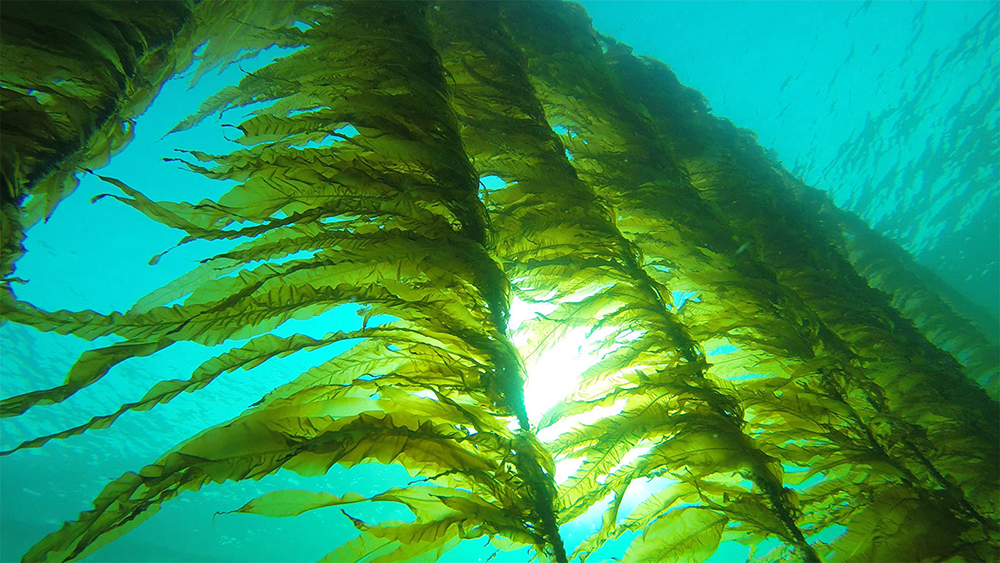
Intelligence
Not just for noshing: Seaweed startups focus on industrial uses for the fast-growing biomass
Interest in industrial seaweed applications is driving demand for biofuels, bioplastics, textiles, animal feed, cosmetics, fertilizers and more.
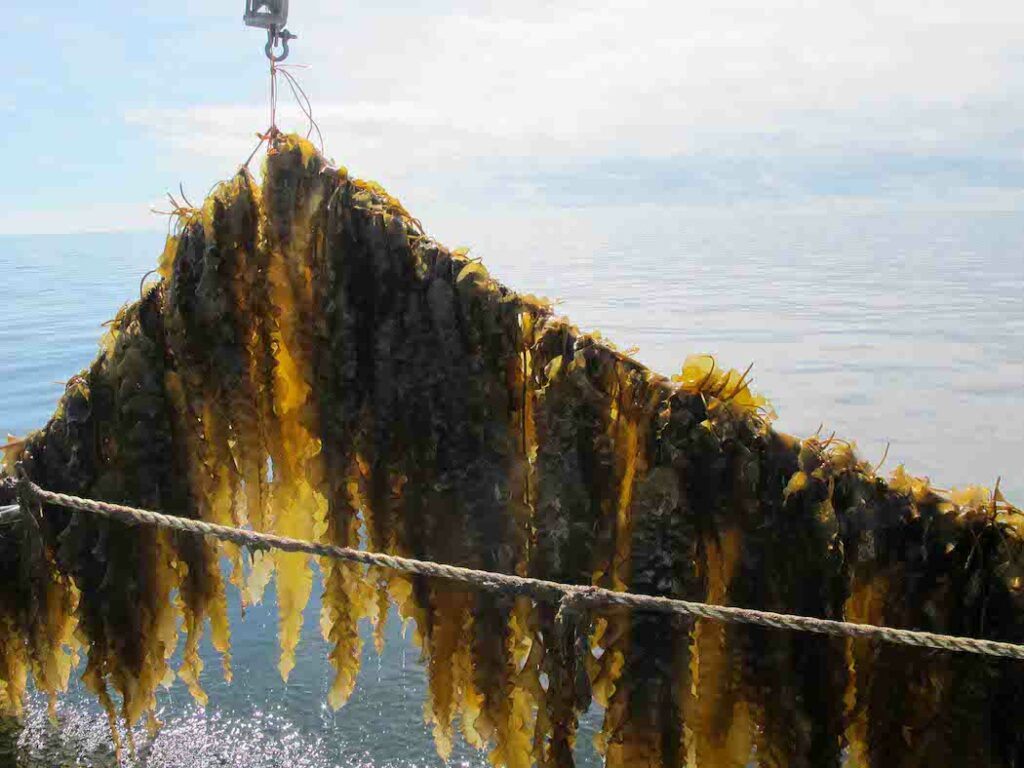
Responsibility
Pilot project cultivating kelp on shellfish leases demonstrates ‘extraordinary’ first year growth
A pilot project led by the Aquaculture Association of Nova Scotia has shown first-year success for cultivating kelp on shellfish leases in Nova Scotia.
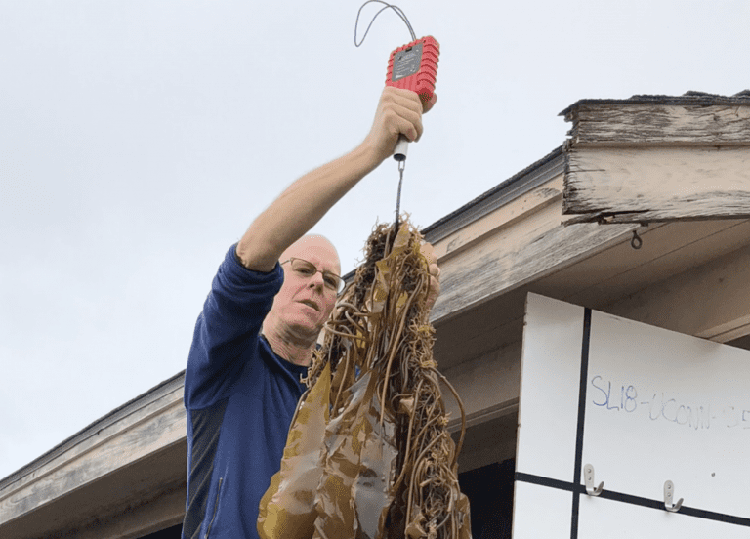
Responsibility
WHOI, WWF team up on seaweed farming research
The Woods Hole Oceanographic Institution and the World Wildlife Fund will test sugar kelp strains and measure the yield and quality of new strains.



